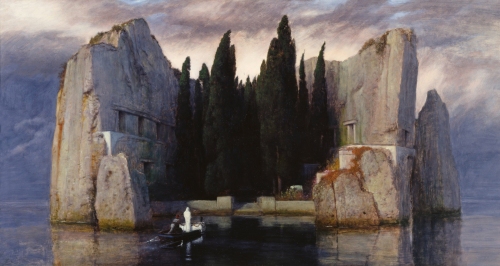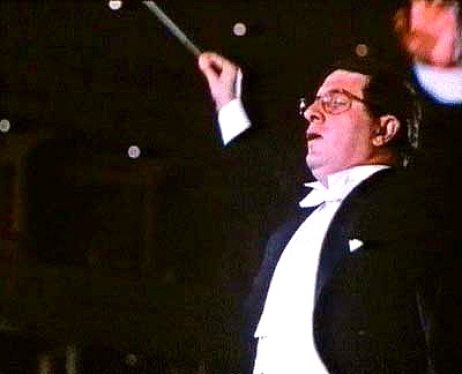
Martin Scorsese’s Casino is structured around a compiled score of nearly 60 popular music recordings. Scorsese himself, working with the editor Thelma Schoonmaker and using digital editing tools for the first time, assembled and arranged a diverse body of preexisting music into a unified score that plays for more than two of the film’s three hours.
A close analysis of Scorsese crafting Casino’s compiled score in the manner of a DJ—and, in reciprocal fashion, editing film images and narrative to recorded music—demonstrates highly varied, multivalent relationships between musical form and film form. Indeed, musical form proves a constituent element of Casino’s construction at multiple levels of magnification.
The large-scale form of the score as a whole articulates the larger arc of Casino’s dual narrative. The strategic deployment of musical styles (from jazz to rock to pop) and the targeted use of lyrics as voiceover (often subtly deploying aspects of racial performance in popular styles) serve to differentiate narrative strands and fill out otherwise unspoken characterization.
Scorsese builds several sequences in Casino on a direct, often audible relationship between song forms and narrative unfolding, creating song scenes in which compiled tracks heard as musical wholes grant a musical shape to discrete narrative units. Casino’s complex use of music does not, however, penetrate the inner lives of the film’s three primary characters, who seem unaware of the musical flow Scorsese employs to set their story dancing.
This according to “The filmmaker as DJ: Martin Scorsese’s compiled score for Casino (1995)” by Todd Decker (The journal of musicology XXXIV/2 [spring 2017] 281–317; RILM Abstracts of Music Literature 2017-866).
Today is Scorsese’s 80th birthday!
Above, the director in 1995, the year Casino was released (photo credit: Gorupdebesanez; licensed under CC BY-SA 3.0).
Below, a sequence discussed in the article, which is set so closely to The Rolling Stones’s Can’t you hear me knocking that the recording must have been playing on the set to time the camera moves.











